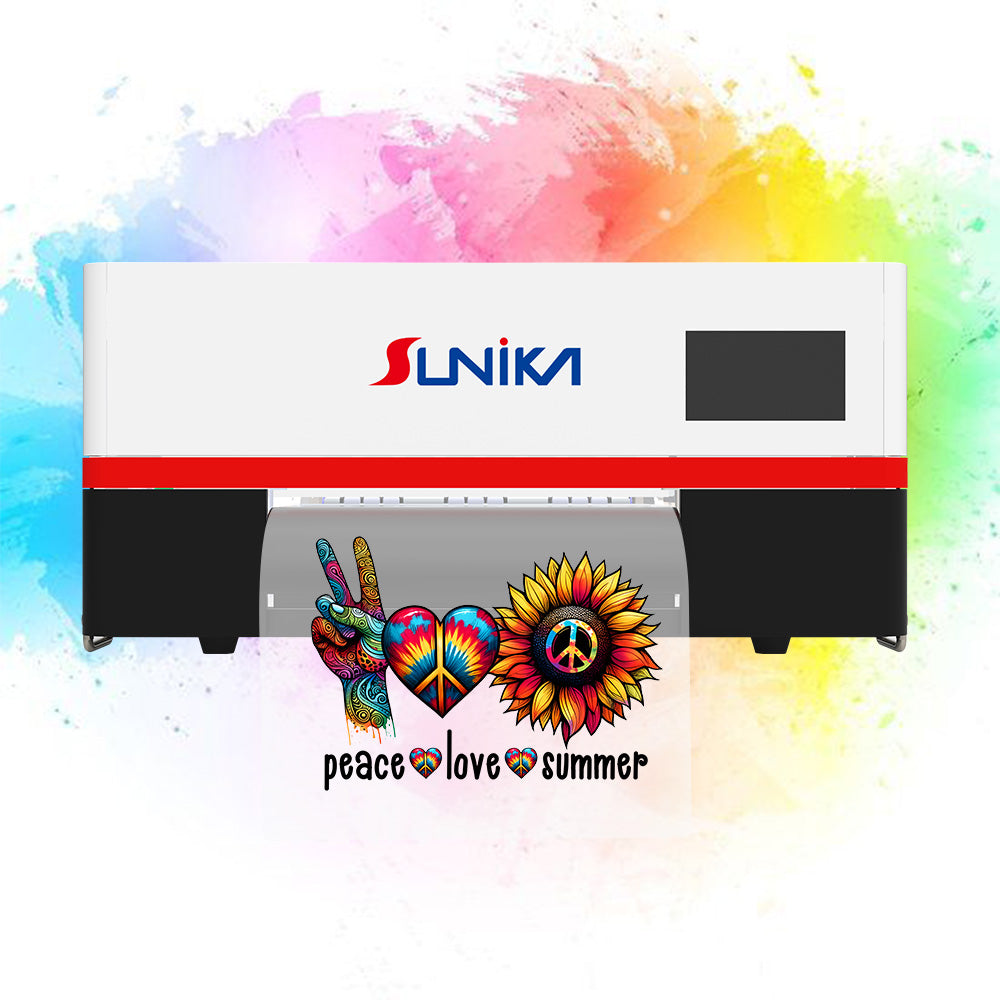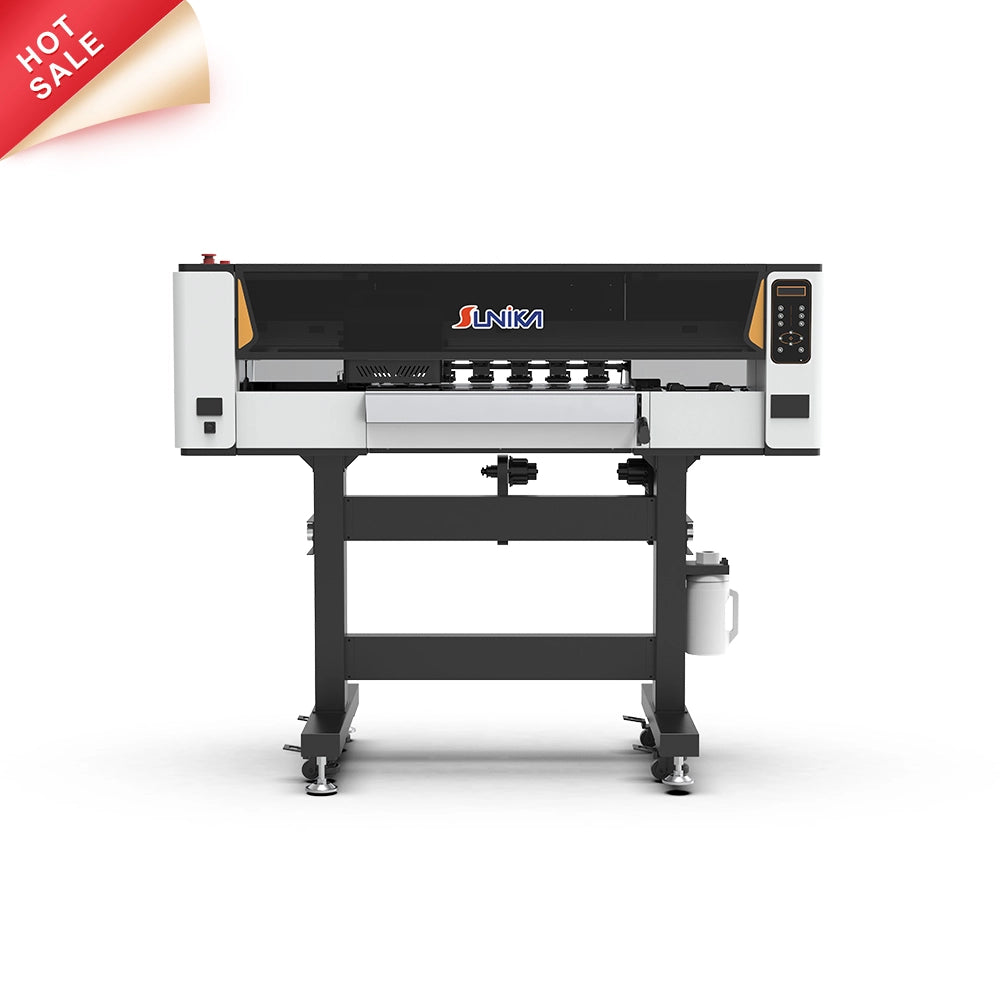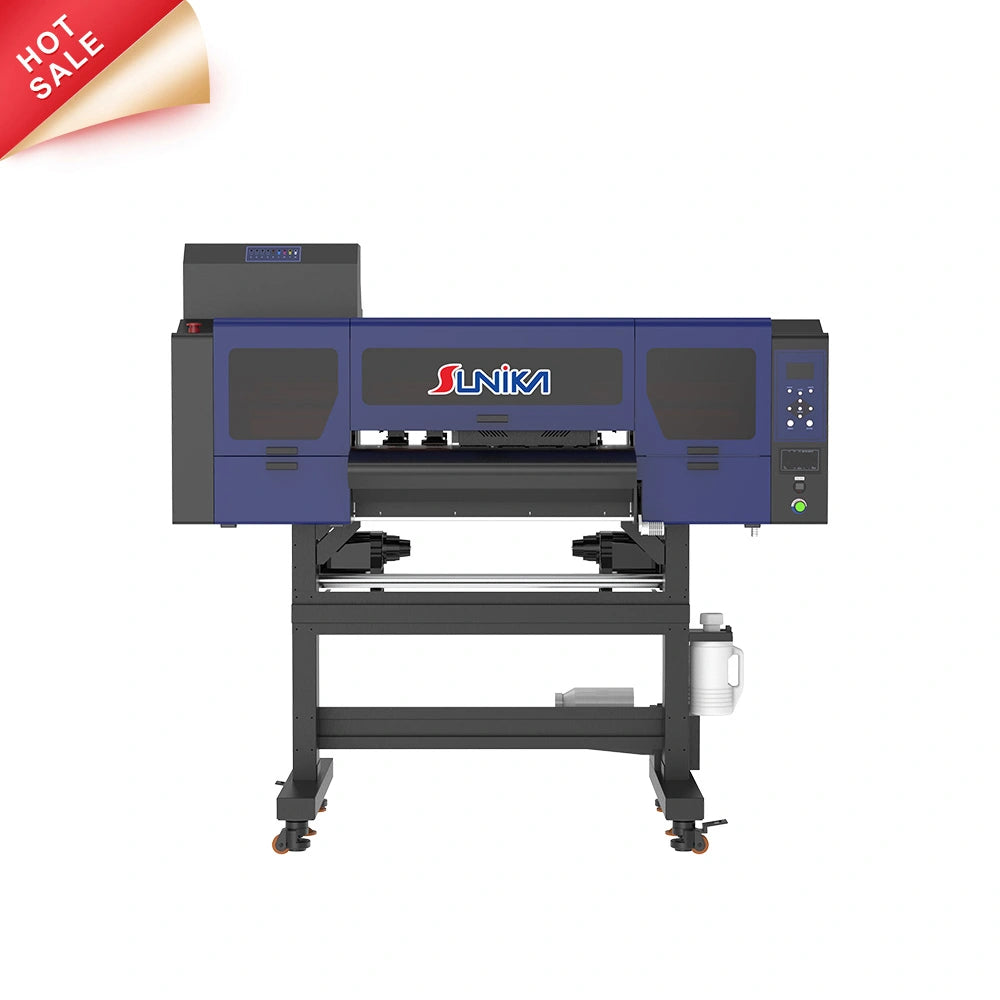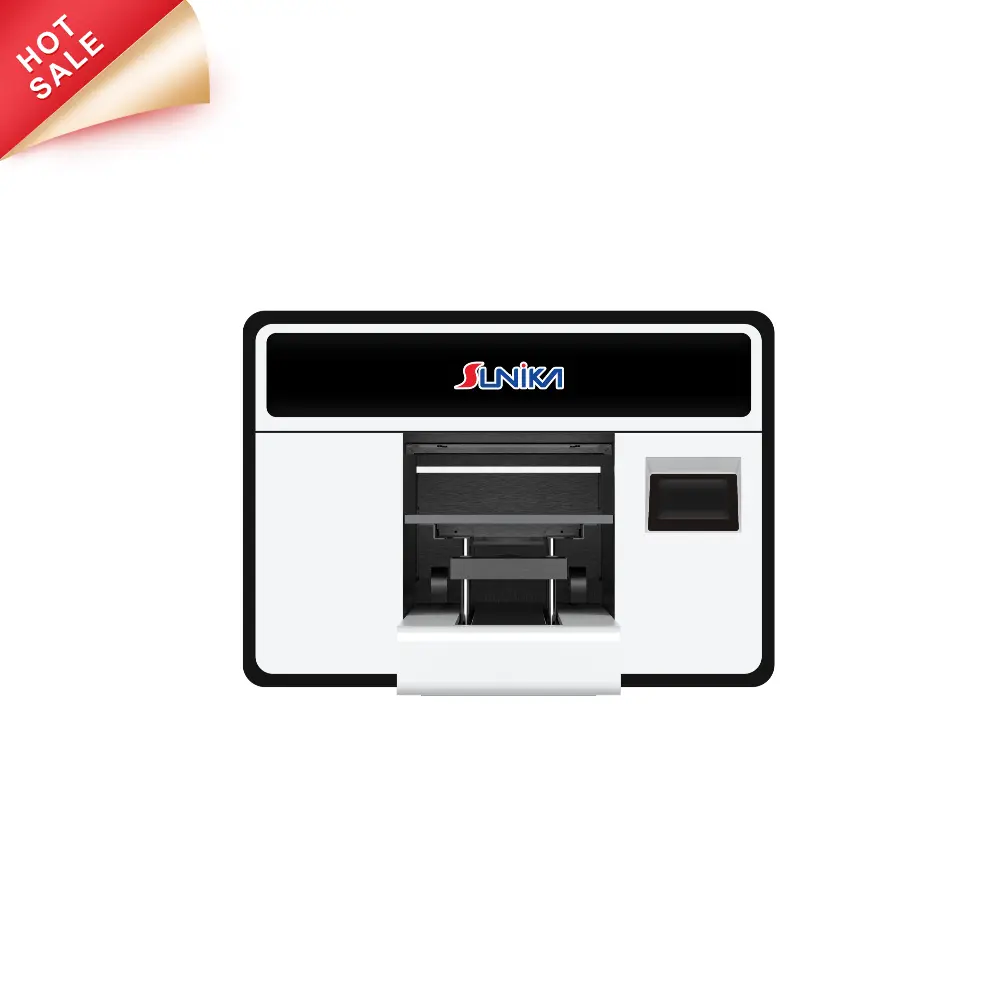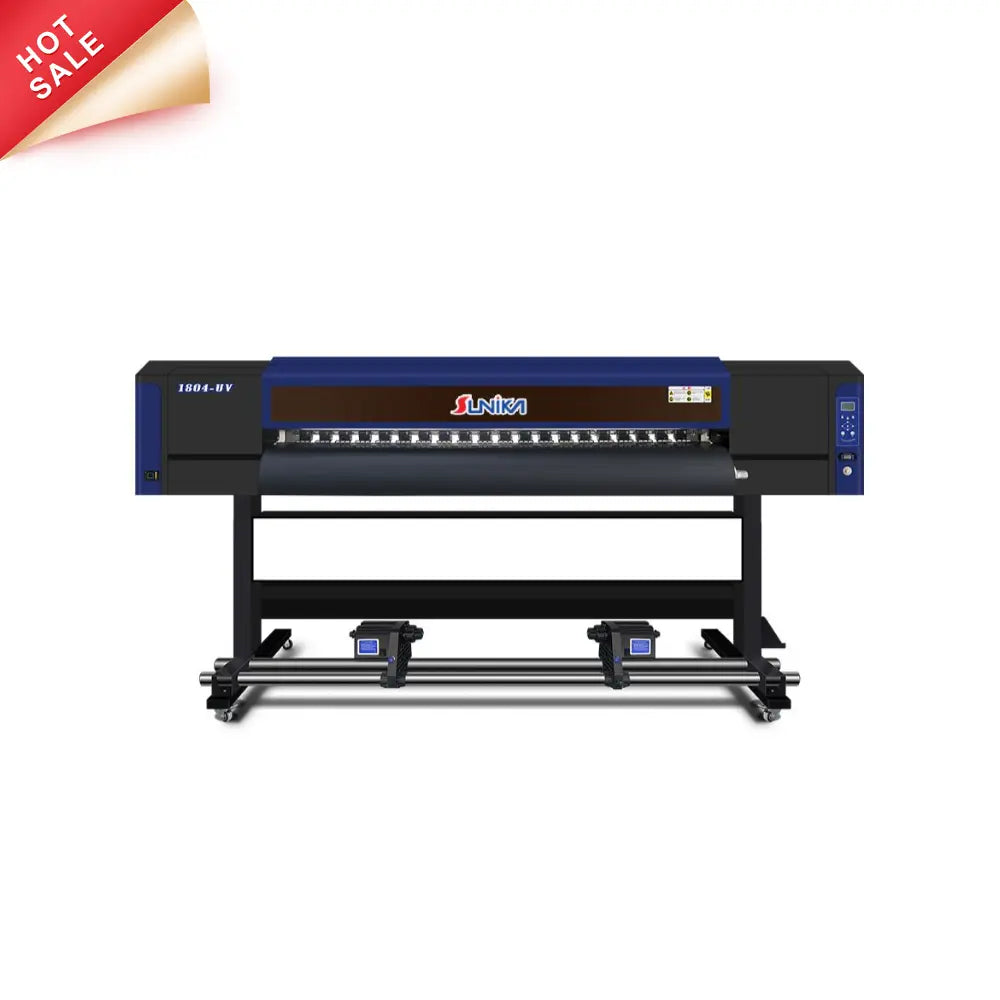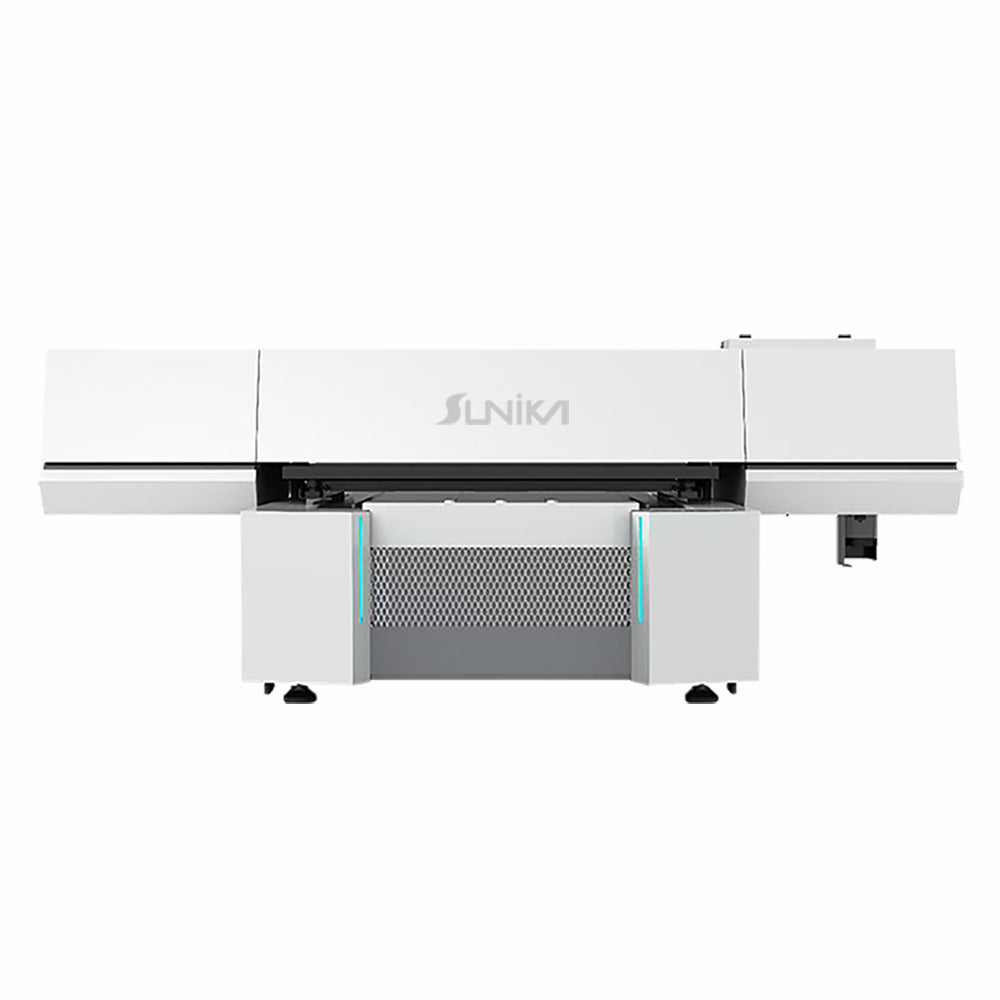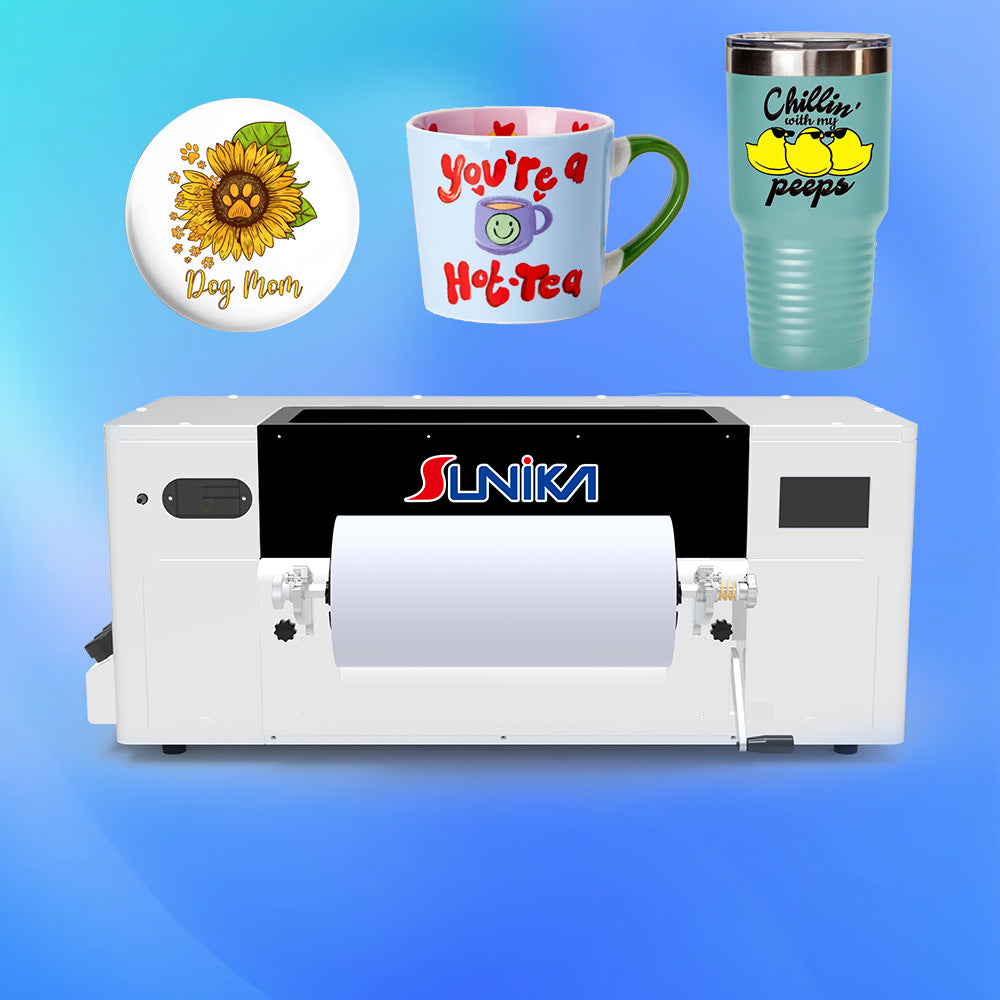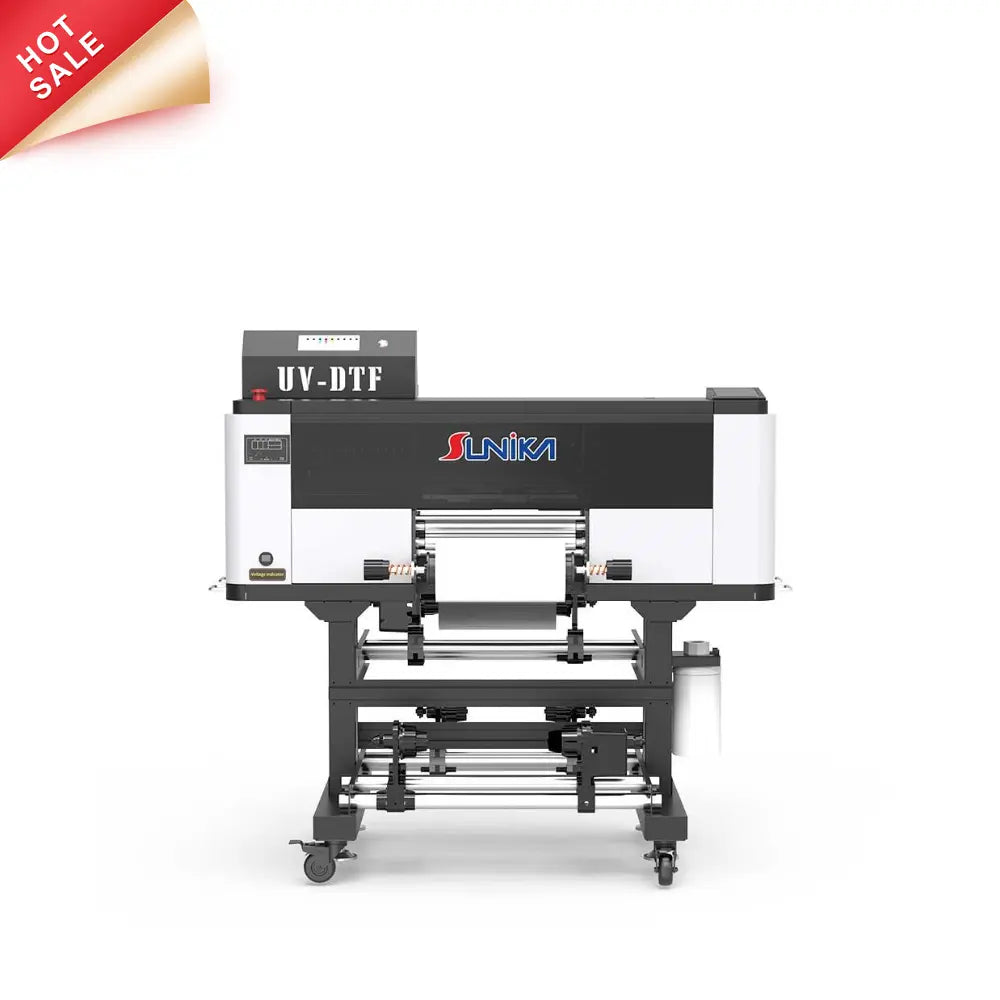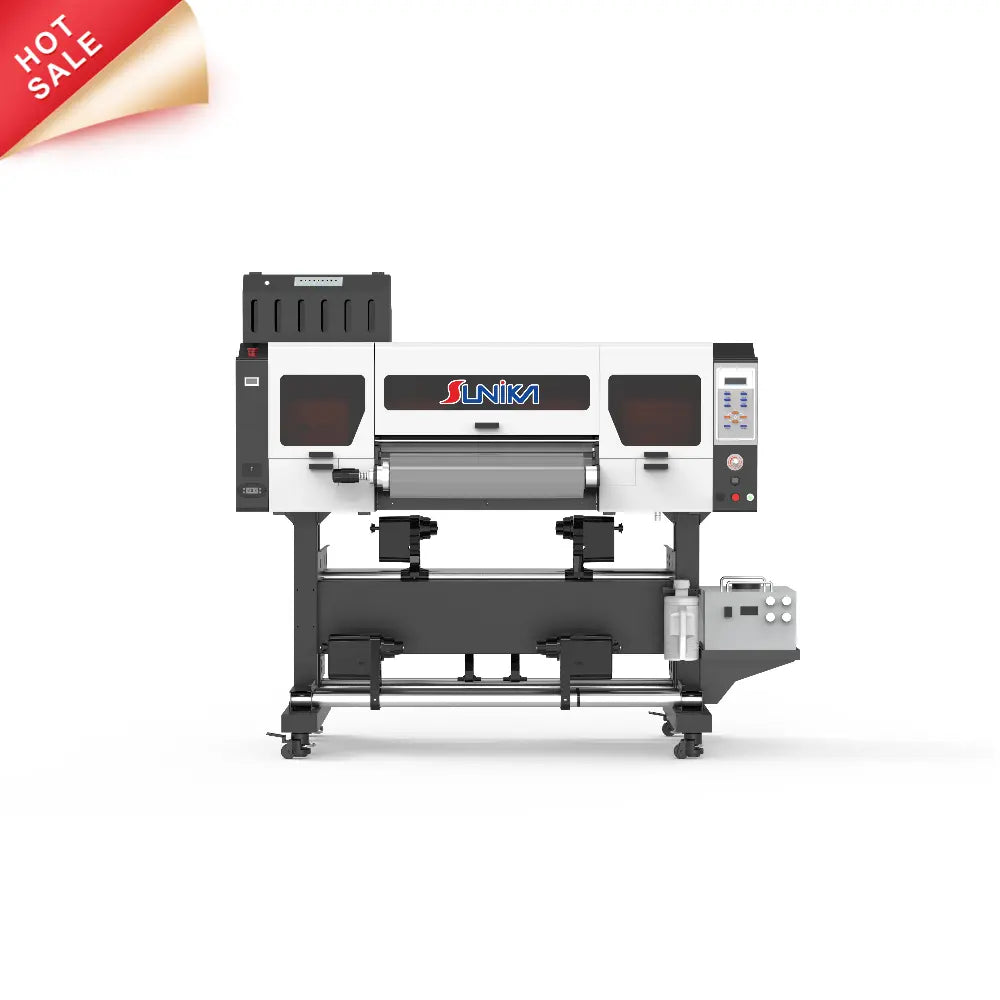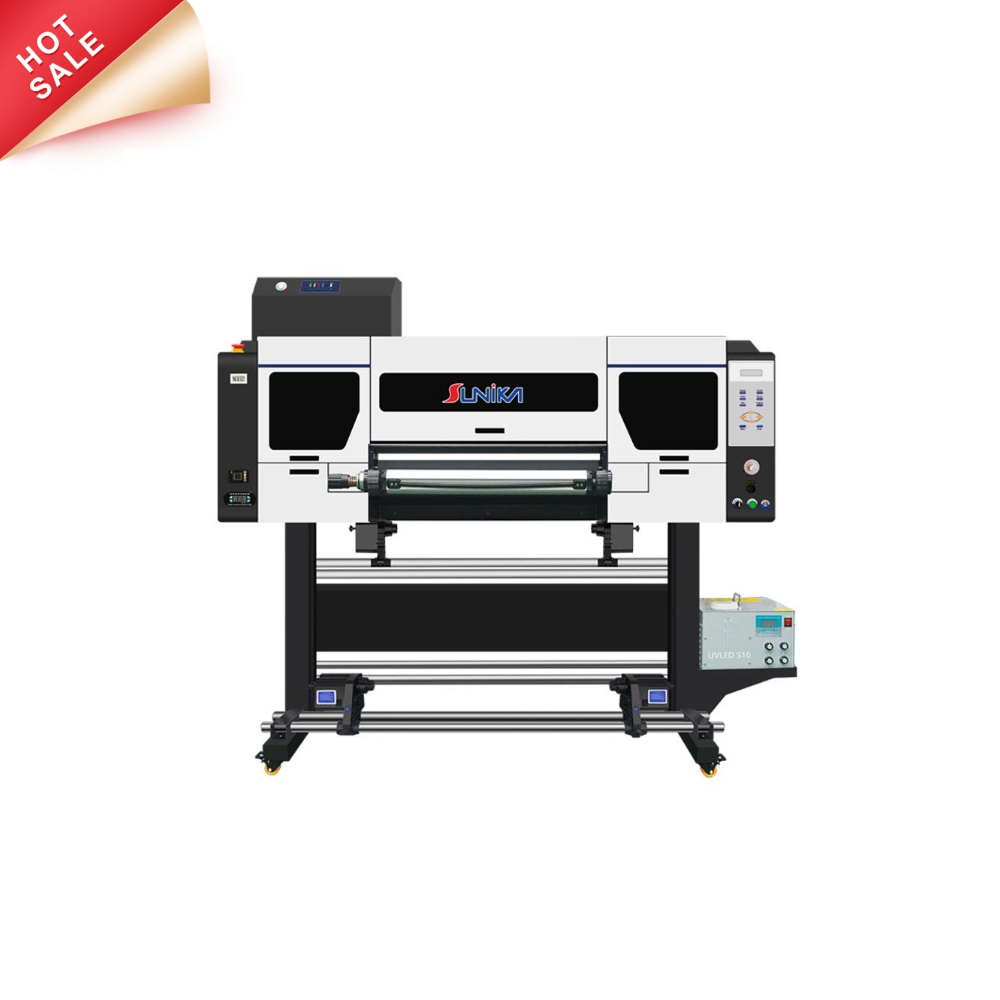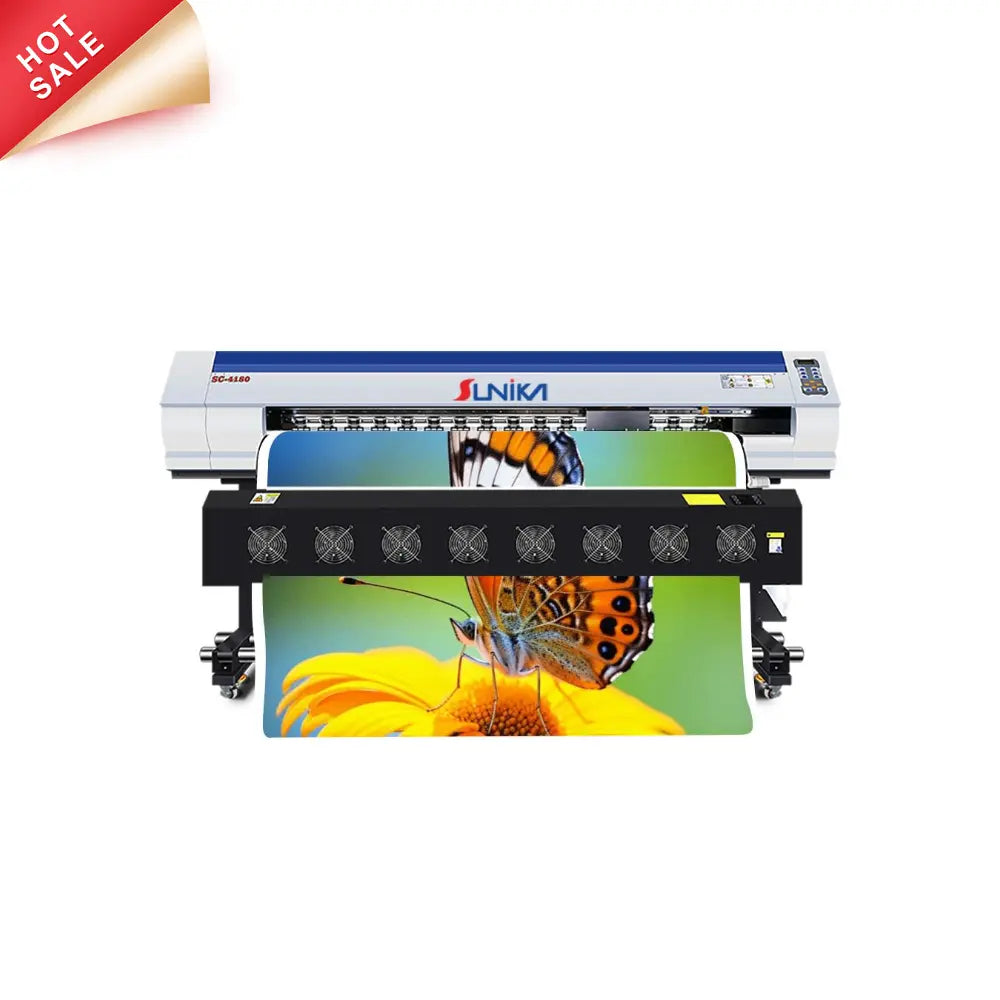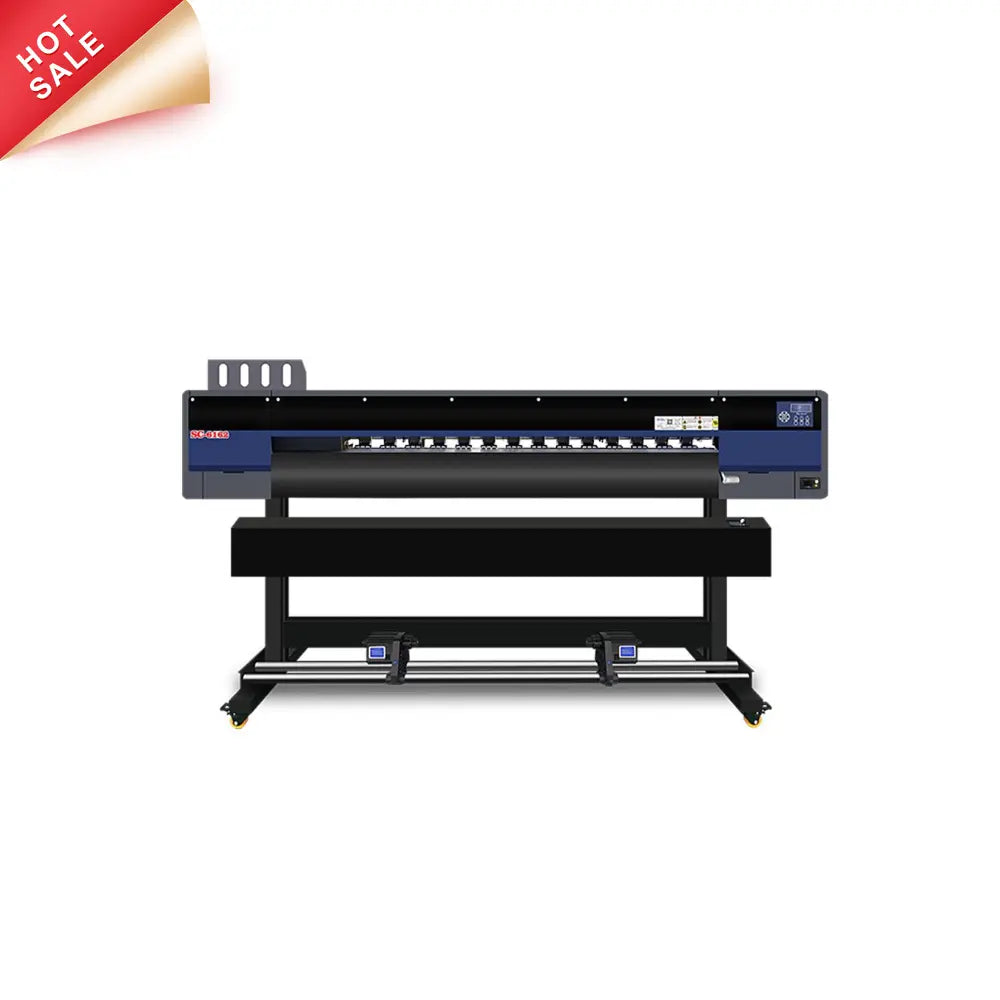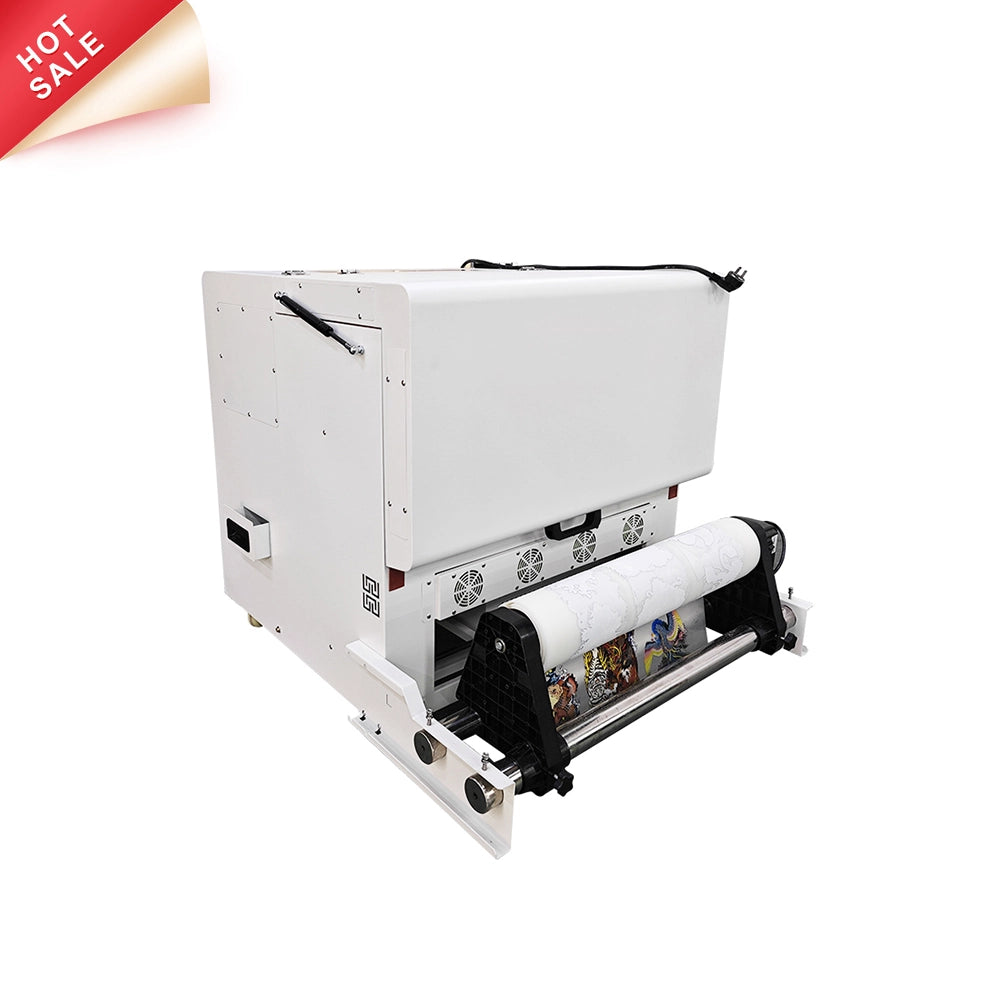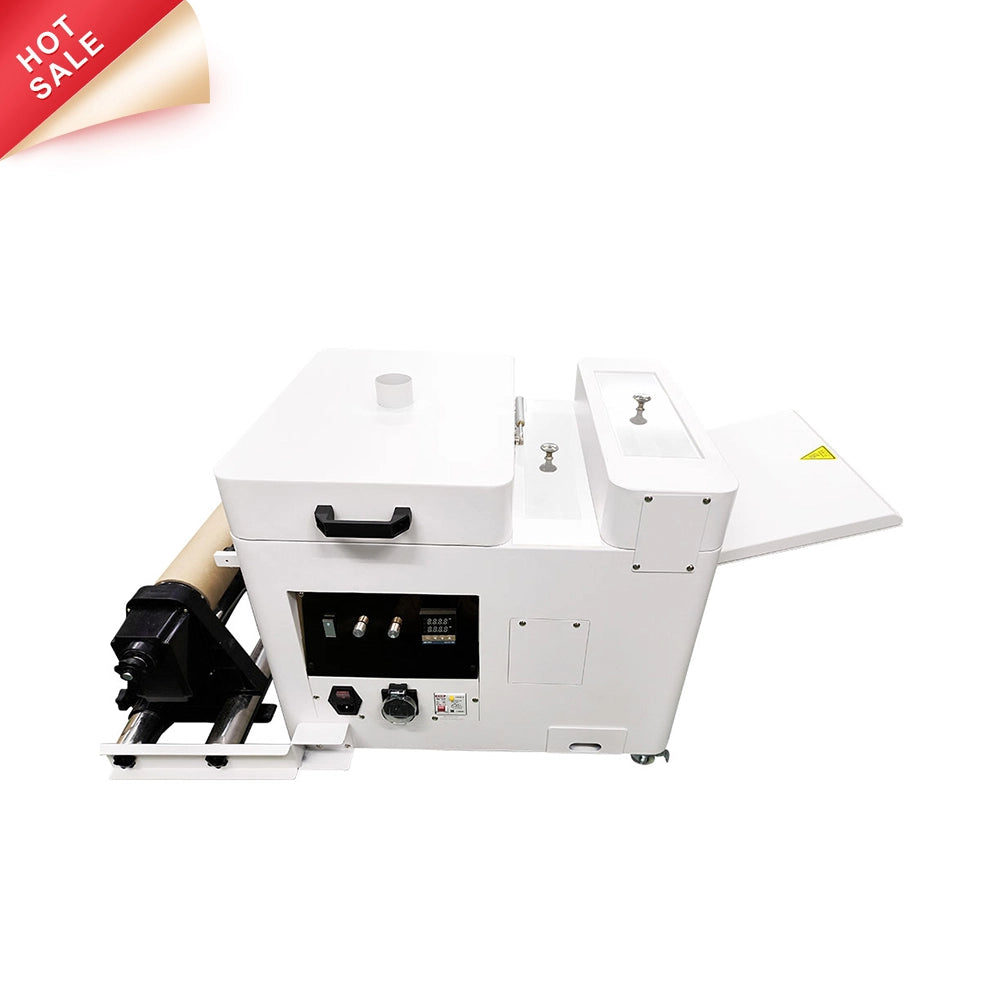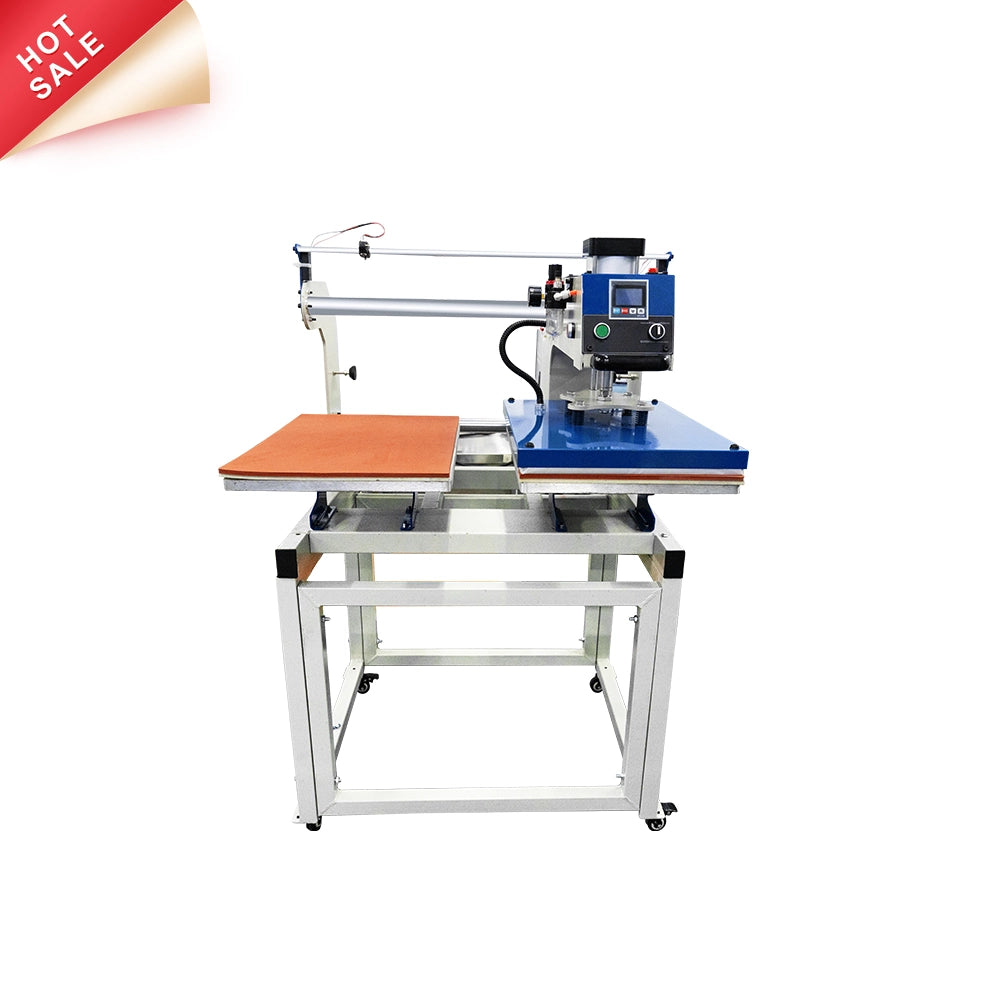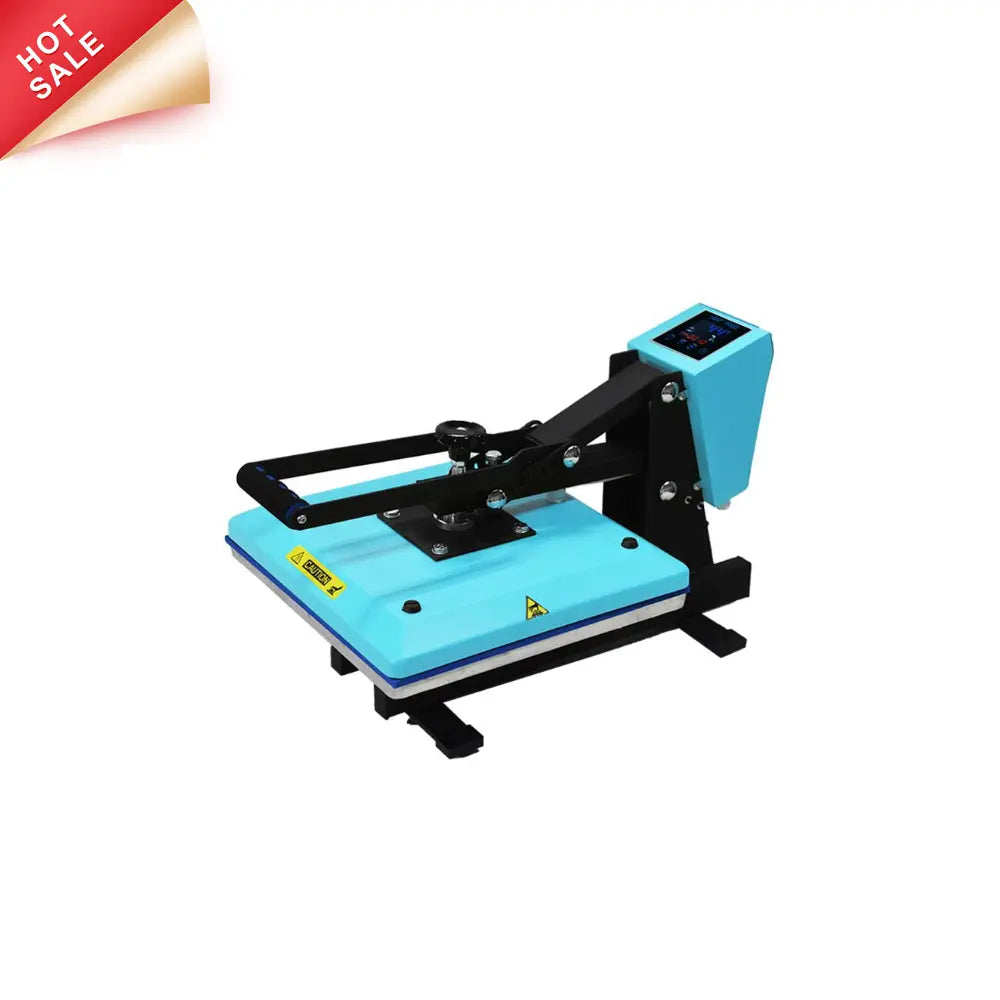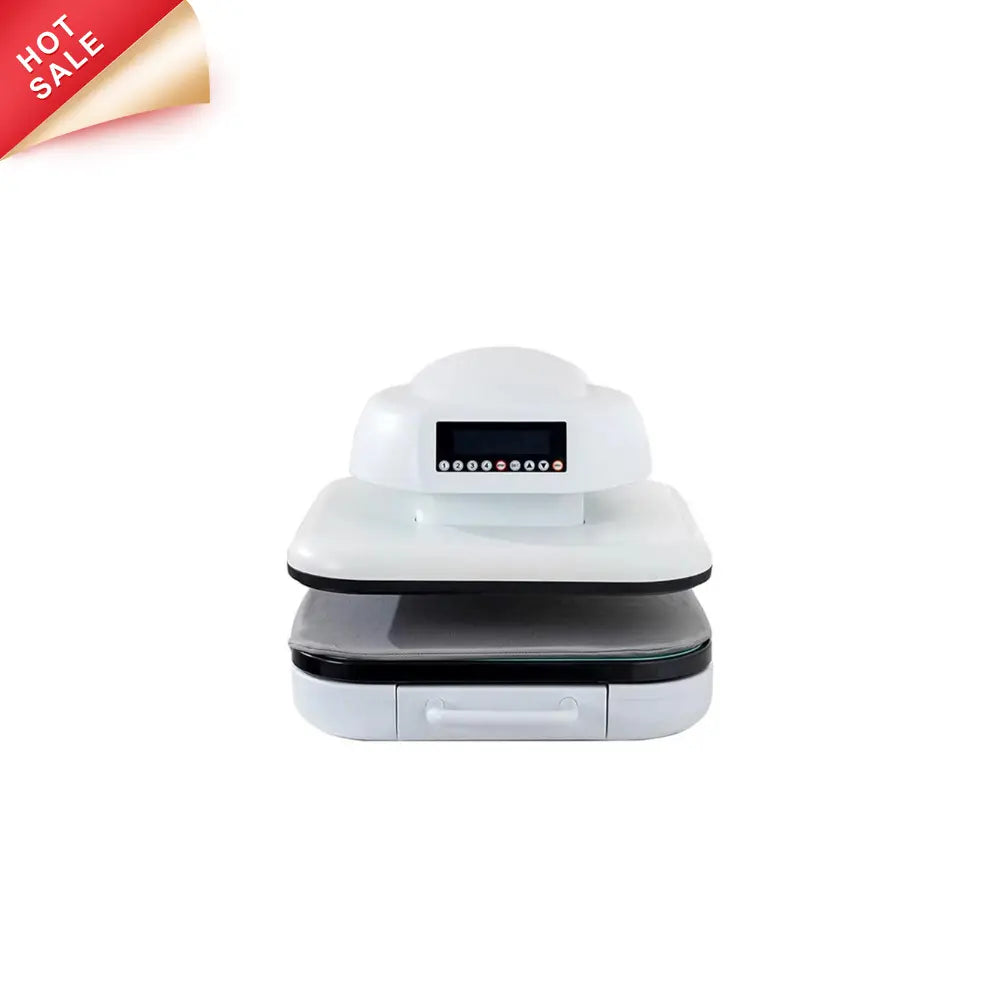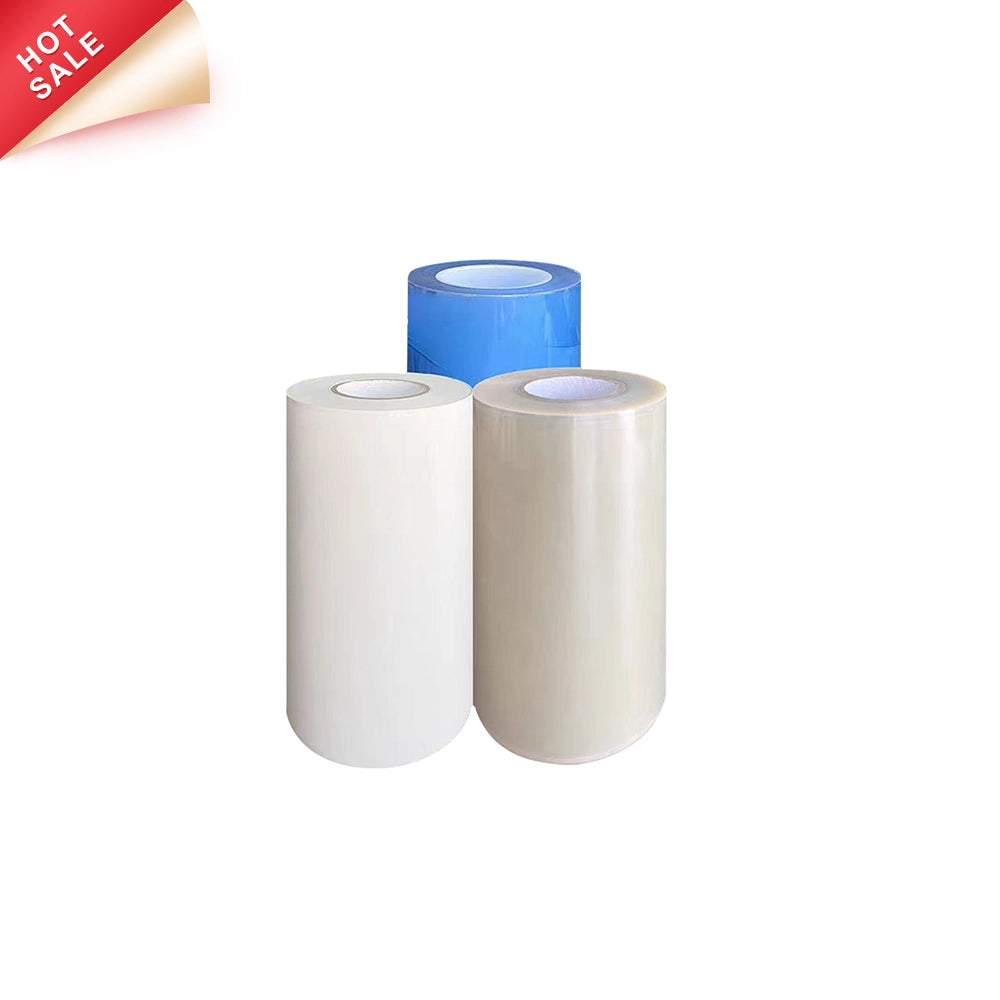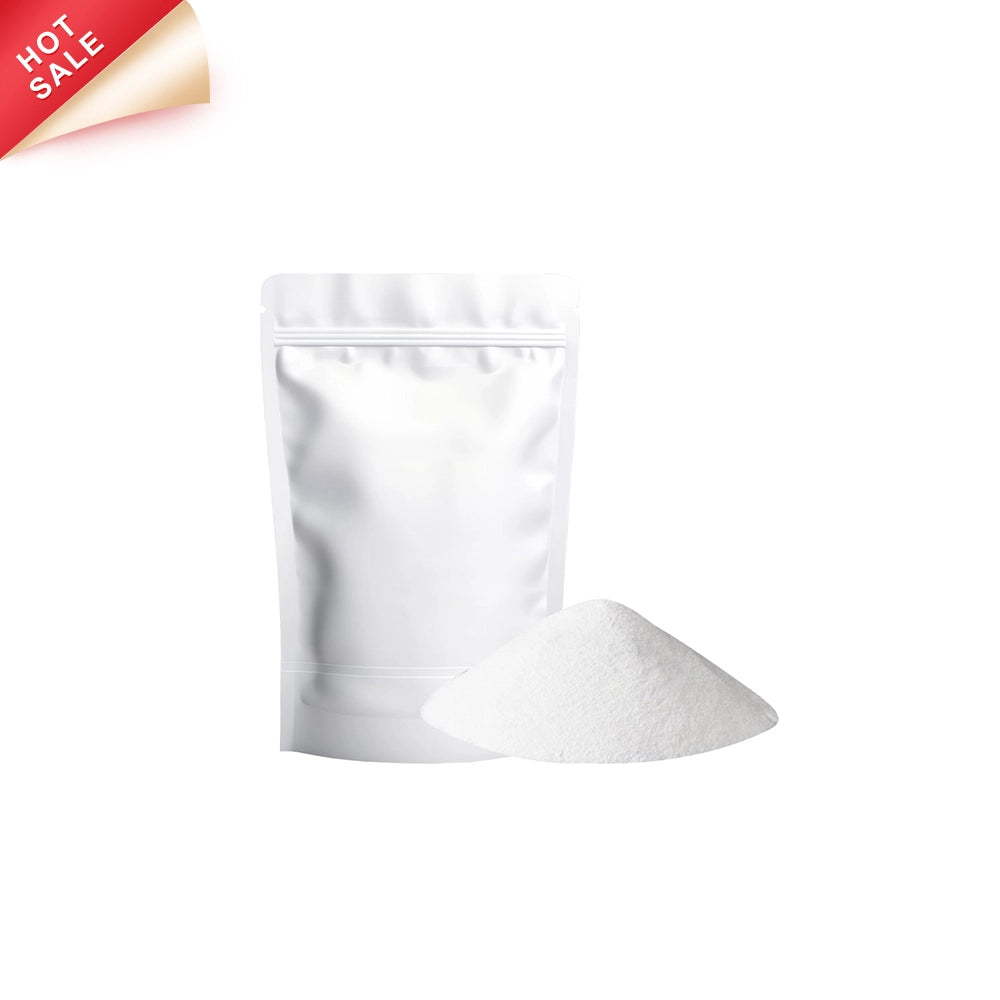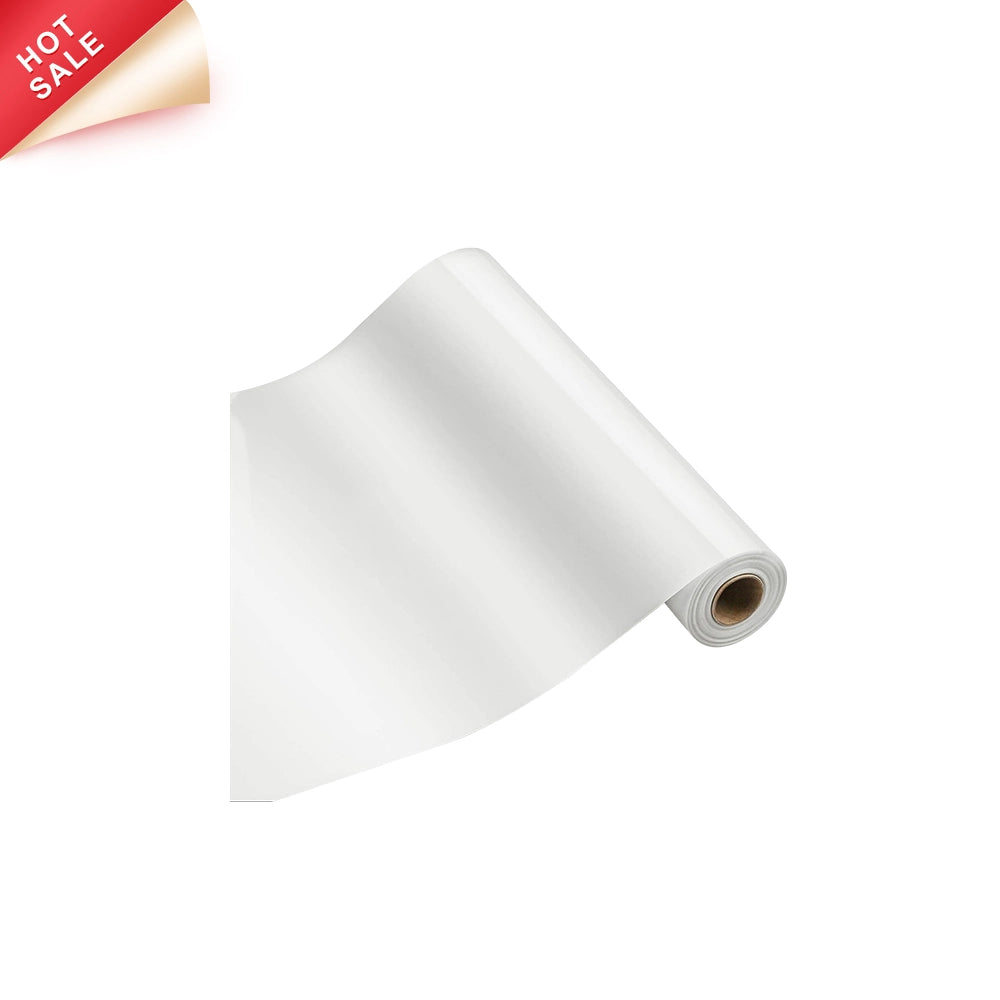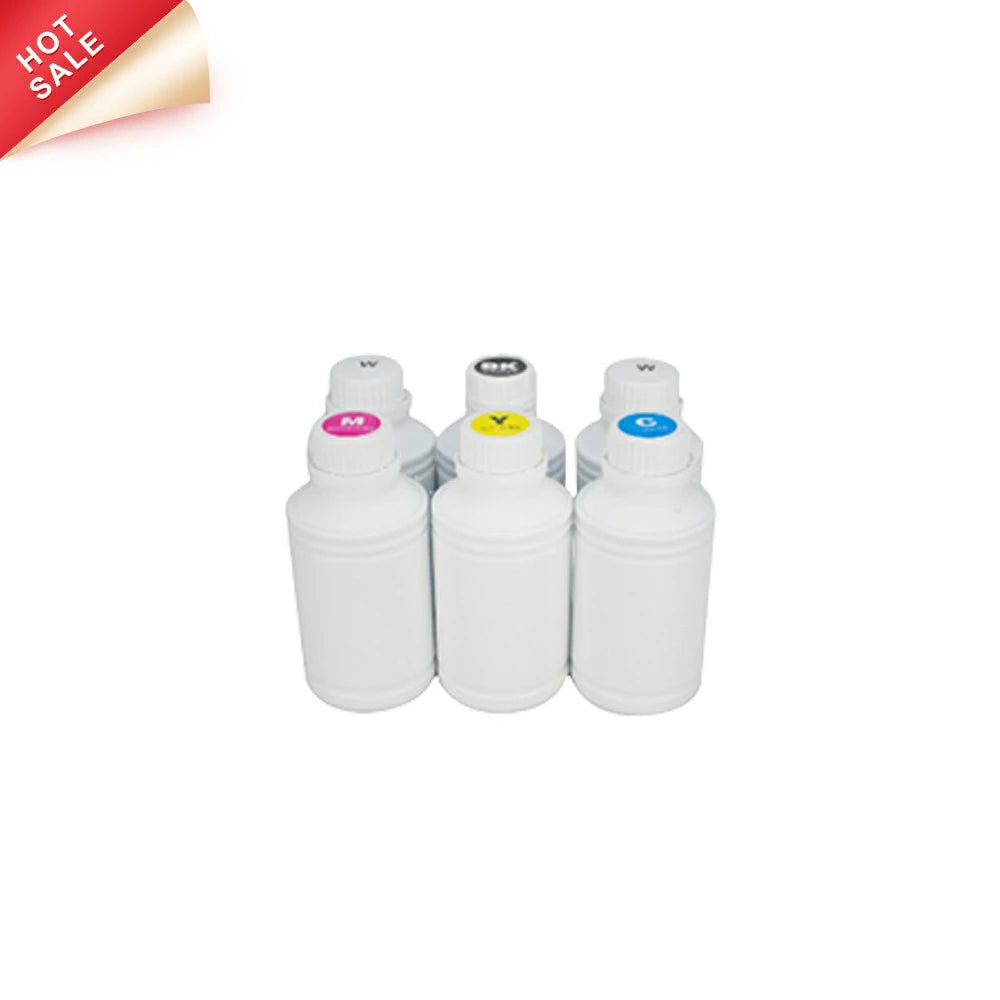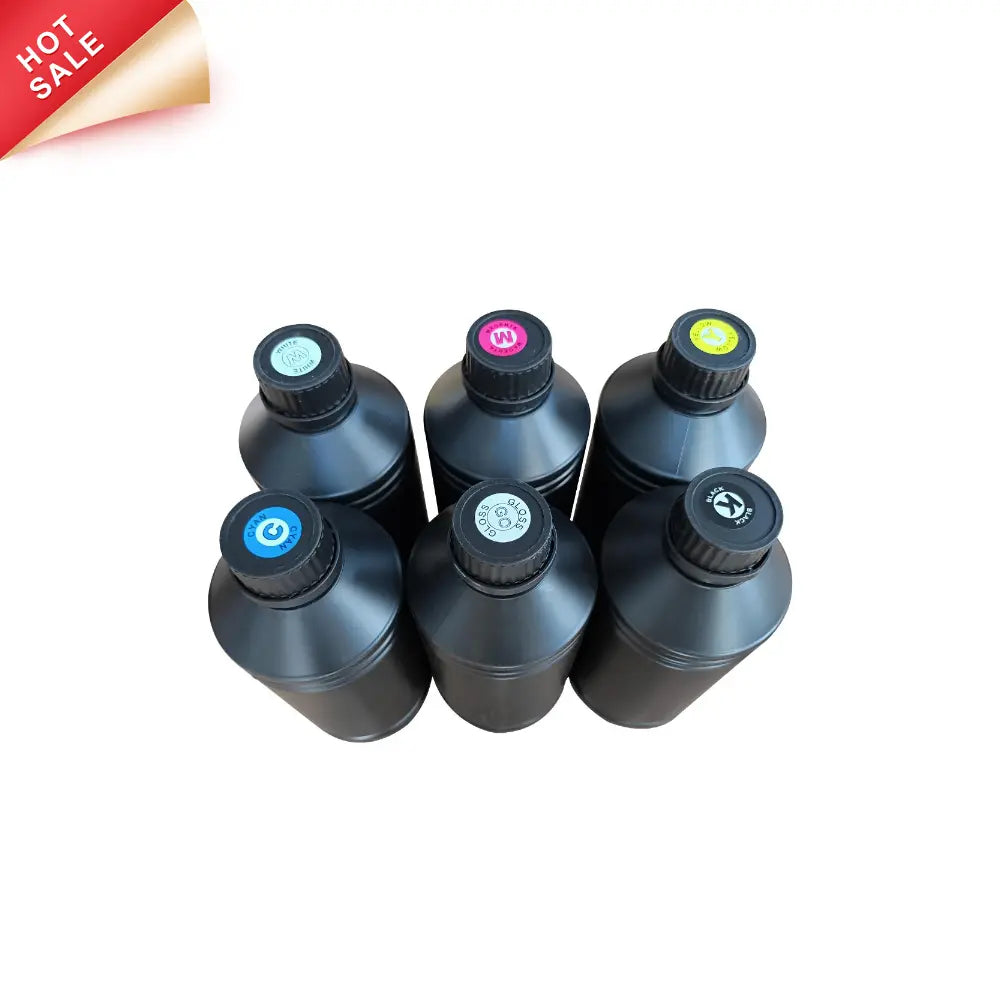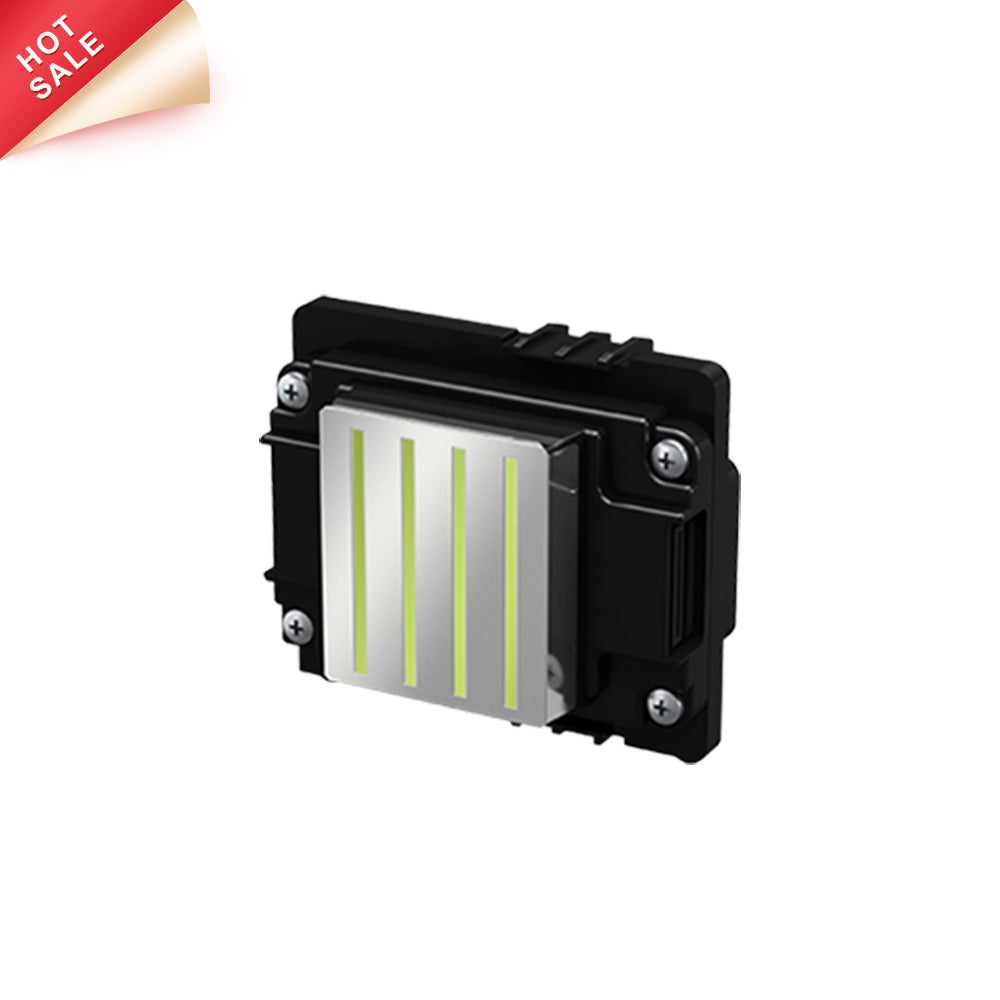Direct to Film (DTF) printing is revolutionizing the apparel decoration industry with its versatility, vibrant color output, and wide application range. This article offers a complete overview of DTF printing technology, comparing powderless and traditional DTF printers, exploring core features, and providing tips for choosing the right model for your business.
What is a DTF Printer?
DTF (Direct to Film) printers are innovative machines that print full-color designs directly onto a specialized film. These printed designs are then heat-transferred onto textiles like T-shirts, hoodies, and bags. With excellent color vibrancy and durability, DTF printing has become a top choice for custom garment businesses.

DTF Printer Types
To meet different production scales and quality requirements, DTF printers are available in several types:
1. Desktop DTF Printers
-
Size: A3, A4 formats
-
Ideal for: Small-scale operations, boutique clothing brands, and design studios
-
Features: High precision, space-saving, affordable entry point
2. Large-Format DTF Printers
-
Application: Mass production, large designs, and complex textile applications
-
Advantages: High-speed printing with industrial-grade heads and stable mechanics
3. Industrial DTF Printers
-
Widths: 1.2m, 1.8m
-
Features: Multiple print heads (up to 4–5), continuous output, built for high-volume manufacturing
-
Best for: Large apparel factories and businesses with bulk production needs
Powderless DTF vs Traditional DTF Printers: A Comparison
| Advantage | Powderless DTF Printer | Traditional DTF Printer |
|---|---|---|
| Ease of Use | High – more user-friendly | Moderate – more complex |
| Environmental Impact | Excellent – no hot melt powder used | Lower – may involve harmful materials |
| Workplace Environment | Quieter, cleaner | Noisy, potentially dusty |
| Feel (Hand Touch) | Softer finish | May be affected by powder texture |
| Ink Cost | More economical | Higher |
| Color Accuracy | Superior – vibrant and sharp | Average |
| Application Scope | Wide – suitable for various textiles | Limited – mainly for T-shirts |
Key Features of DTF Printing Technology
| Feature | Description |
|---|---|
| Color Continuity | Seamless color gradation, high-fidelity reproduction of even subtle color tones |
| Instant Drying | No cracking or waiting time – ready to press immediately after printing |
| Stable Ink Flow | Reduces clogging and maintenance issues with clean ink circulation |
| Efficient Ink Management | Cleaner operation, less mixing, and lower contamination risks |
| Advanced Heating System | Boosts drying speed and productivity |
| White Ink Efficiency | Optimized for white ink savings – a major cost factor in DTF printing |
| Durability | More wear-resistant than DTG (Direct to Garment) printing |
| Market Potential | Rapid growth expected, strong adoption in custom apparel and gift markets |
Why Choose DTF Printing?
✅ High-Resolution Results
DTF technology delivers crisp details and vivid colors, ideal for fashion-forward designs and premium products.
✅ Fast Turnaround
Streamlined workflows help reduce production cycles, allowing you to fulfill orders faster than traditional methods.
✅ Eco-Friendly Materials
With powderless options and eco-conscious inks, DTF aligns with today’s green business initiatives.
✅ Versatile Applications
Beyond clothing, DTF prints can be applied to bags, caps, home textiles, and more, opening diverse revenue channels.

How to Choose the Right DTF Printer
-
Assess Your Needs: Consider production volume, product range, and desired print quality.
-
Check Compatibility: Make sure your printer supports compatible ink and film materials.
-
Consider Operating Costs: Evaluate ink usage, maintenance needs, and long-term ROI.
-
Select Reliable Support: Work with reputable manufacturers offering strong after-sales service and training.
Future Trends in DTF Printing
-
Enhanced Automation: Look for AI integration and smarter systems to further simplify the workflow.
-
Eco-Advancements: Expect improvements in sustainable inks and recyclable films.
-
Cross-Industry Applications: DTF will expand into packaging, home decor, and even industrial fabrics.


